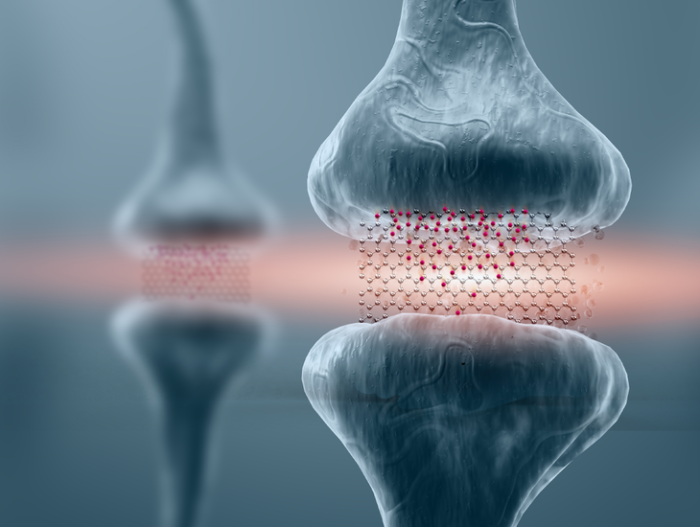A team of researchers from Penn State University has shown that simple graphene field-effect transistors can be used to build computers which mimic the brain’s neural networks.
A paper outlining the teams’ research recently appeared in Nature Communications journal. The team was led by Saptarshi Das, a professor of engineering science and mechanics at Penn State.
We all know that the computers we use are made up of two states (1 and 0) but an analog computer, like the brain, can have many possible states.
These type of computers which mimics brain are known as Neuromorphic computers and has been studied for more than 40 years.
We need neuromorphic computers as we are reaching the limits of digital computing and the brains architecture is suitable for many modern day tasks like pattern recognition.
“We are creating artificial neural networks, which seek to emulate the energy and area efficiencies of the brain,” explained Thomas Shranghamer, a doctoral student in the Das group. “The brain is so compact it can fit on top of your shoulders, whereas a modern supercomputer takes up a space the size of two or three tennis courts.”
The team has shown at least 16 possible memory states unlike the maximum two states present in most of the transistors.
The team found that they can reconfigure their artificial neural network by applying a brief electric field to a sheet of graphene. This reconfiguration is similar to how synapses in the brain are reconfigured
Journal Reference:
Thomas F. Schranghamer, Aaryan Oberoi, Saptarshi Das. Graphene memristive synapses for high precision neuromorphic computing. Nature Communications, 2020; 11 (1) DOI: 10.1038/s41467-020-19203-z
Press Release: Penn State

